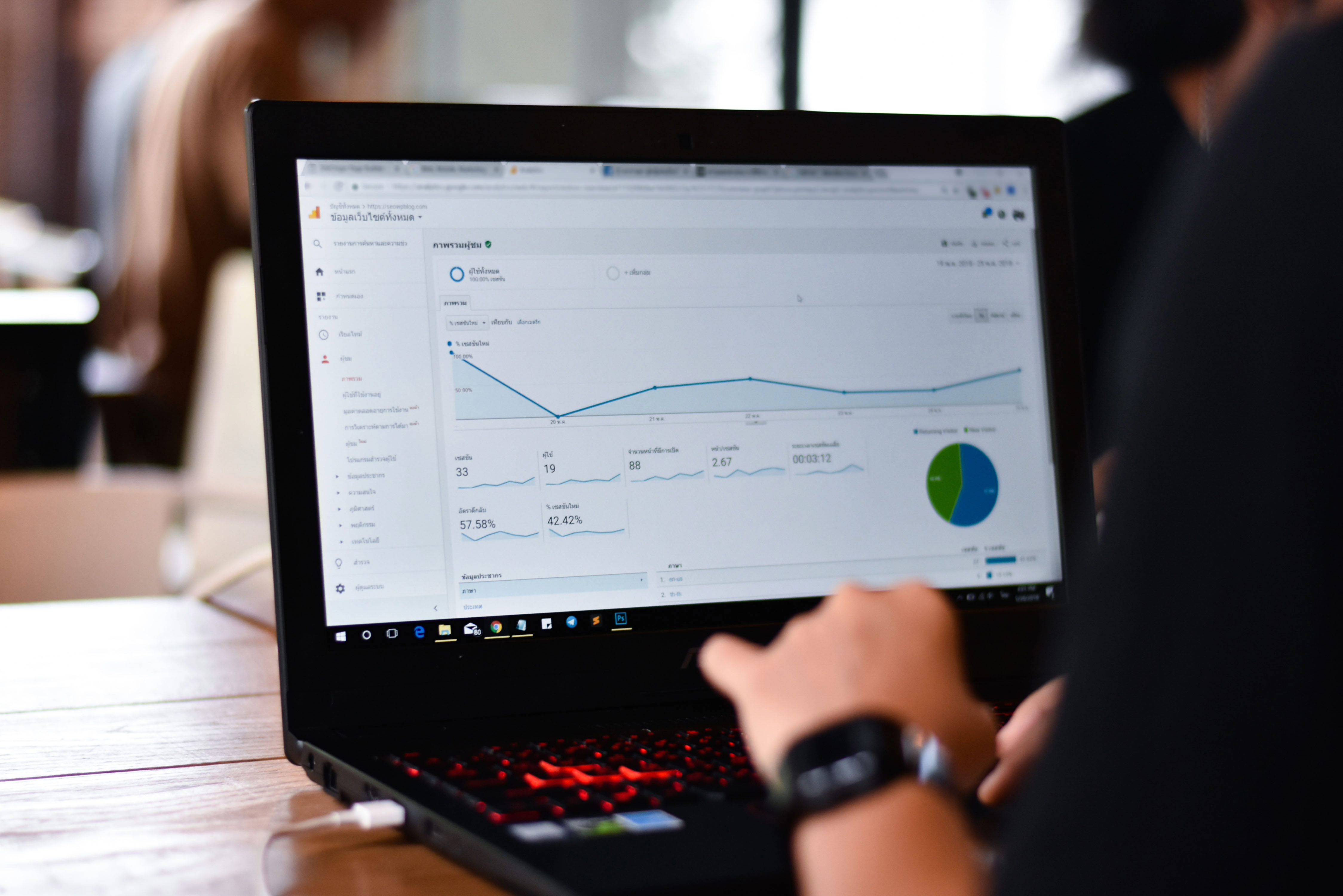
Digital Marketing Trends: Staying Ahead in the Tech Landscape
Tech firms need to stay informed and adapt to current marketing trends to remain competitive. Let’s explore the key areas shaping the future of digital marketing: 1. AI Revolution: Reshaping Marketing Artificial Intelligence (AI) is no longer a buzzword; it’s a game-changer. Marketers are leveraging AI for content creation, data analysis, and SEO automation. Key takeaways: 2. Personalization Takes Center Stage Consumers expect personalized experiences. Tech firms should focus on: This effort begins by developing a clearly-defined buyer persona: What Is a Buyer Persona? A buyer persona is a research-based profile that depicts a target customer. It combines real data with educated speculation about demographics, behavior patterns, motivations, and goals. Essentially, it’s a mashup of your current customer base and your ideal future customers. Buyer personas help businesses understand and empathize with their customers, enabling more effective acquisition and service. Why Are Buyer Personas Important? Personalization: Buyer personas ensure that all activities related to acquiring and serving customers are tailored to their specific needs. By understanding your audience deeply, you can create content, products, and services that resonate with them. Trust Building: Trust is crucial for business success. When you address your customers’ pain points or needs, you build trust. Buyer personas guide you in showing genuine understanding and concern for your audience. Segmented Marketing: Different personas have distinct criteria for evaluating your product. Tailoring your strategies to address these needs leads to better results. Cross-Departmental Alignment: Buyer personas align various departments (marketing, sales, etc.) around a common understanding of customer needs. Effective Communication: Knowing your audience helps you connect with them in the right place at the right time, improving engagement and conversion rates. How Are Buyer Personas Used? Creating buyer personas involves asking in-depth questions about your ideal customers. This process alone helps you notice things you hadn’t before. By continually using these personas to guide your business, you stay centered on customer needs 3. Multimodal AI and Search Results Multimodal AI (combining text, voice, and visual inputs) will impact search results. Prepare for Google’s Search Generative Experience (SGE) by emphasizing valuable, shareable content and user experience. 4. Local Marketing Continues to Grow Local SEO matters. Optimize for local searches, leverage Google My Business, and engage with your community. Current local optimization strategies include: Optimize Local Listings and Citations: Ensure your business information (name, address, phone number) is consistent across online directories, review sites, and social media platforms. Accurate citations improve local search visibility. Understand Local Personas: Identify your target audience within the local community. Consider demographics, preferences, and behavior patterns. Tailor your content and messaging accordingly. Conduct Local Keyword Research: Research relevant keywords specific to your location. Use tools like Google Keyword Planner to find terms that resonate with local users. Earn Backlinks from Local Sources: High-quality local backlinks enhance your authority. Collaborate with local businesses, sponsor events, or participate in community initiatives to build connections. Write In-Depth, Local Content: Create blog posts, guides, or videos that address local topics, events, or issues. Engage your audience by providing valuable information related to your area. Optimize Title Tags and Meta Descriptions: Include local keywords in your website’s title tags and meta descriptions. These elements impact click-through rates and search visibility. Internal Linking for Location Pages: Link relevant pages within your website to location-specific content. This improves user experience and helps search engines understand your site’s structure. Regularly Update Your Website: Keep your website fresh with new content, product/service updates, and local news. Regular updates signal relevance to search engines. 5. Immersive Experiences VR, AR, and interactive content are gaining traction. Create immersive experiences to engage users. 6. Transparency and Sustainability Consumers value ethical practices. Be transparent about data privacy and sustainability efforts. 7. Social Media Trends Instagram Threads: With 100 million monthly users, Threads is a rising platform for text updates and public conversations. LinkedIn: Take LinkedIn seriously; it’s more than just a professional network. AI in social media: Expect AI to play a bigger role in social media platforms. Remember, staying ahead means embracing change. Invest in AI, personalize your marketing, and create memorable experiences. The tech landscape waits for no one—adapt and thrive!


